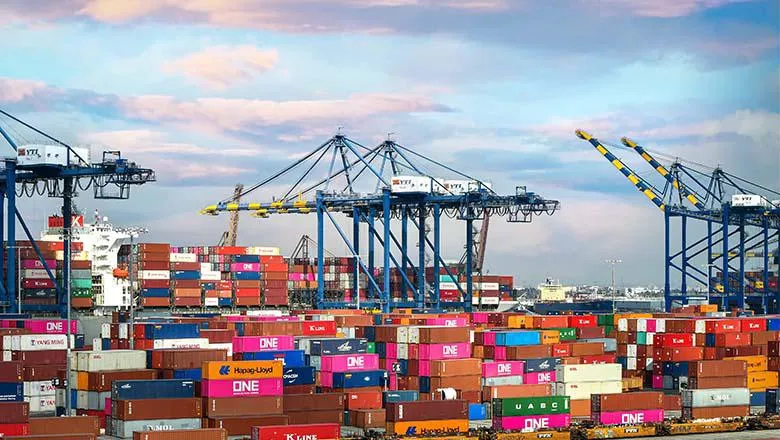15 December 2021
Are autonomous systems a solution to labour shortages in the logistics sector?
Justyna Lisinska
Estimates suggest the UK needs at least another 100,000 HGV-qualified drivers

Trusted autonomous vehicles: a policy landscape review
Read the research
Justyna Lisinksa is a Policy Research Fellow at the Policy Institute, King’s College London.
Huge queues to get petrol, delayed deliveries, disruptions to businesses – the UK has recently seen just how significant an impact a shortage of lorry drivers and other workers essential to the supply chain can have on society. And although the crisis has subsided for now, retailers have warned that Christmas might be cancelled for some if the government can’t do something to fill these jobs.
Autonomous systems – systems involving software and machines that are able to take action with little or no human supervision – already bring a lot of benefits to the transport industry, eliminating human errors, increasing efficiency and reducing operating costs. But could they also address the shortage of drivers and seafarers?
Estimates suggest the UK needs at least another 100,000 HGV-qualified drivers, while one study identified a shortage of 3,000 to 4,000 deck and engine officers – both significant gaps to fill.
But while some companies are working on autonomous vehicles, and several real-world trials have been launched, the technology will not be widely available to help ease the labour crisis anytime soon.
As discussed in my latest report for the UKRI Trustworthy Autonomous Systems Hub, even if the sizeable technological hurdles to producing fully driverless trucks and autonomous ships could be cleared overnight, a comprehensive regulatory framework and infrastructure for their use would need to be developed to guarantee safety. That would take time, as well as raising difficult moral and legal questions.
The UK government has at least been relatively proactive in providing testing facilities and working towards a regulatory framework for autonomous vehicles on public roads – but in the maritime sector, the regulatory environment slows down innovation in autonomous ships.
Trade in goods also of course does not only take place within the UK, and users of autonomous vehicles will want to use them cross-border. So greater use of autonomous road vehicles and maritime vessels implies different countries taking a similar or at least compatible approach.
What is more, for any technology to succeed, public acceptance of it is key. Autonomous vehicles must therefore be seen as a societal benefit – but that perception might be hard to achieve if they put hundreds of thousands of drivers and tens of thousands of seafarers out of work.
As Gordon Baxter and colleagues have noted: “…the more we depend on technology and push it to its limits, the more we need highly-skilled, well-trained, well-practised people to make systems resilient, acting as the last line of defence against the failures that will inevitably occur”. And the development of autonomous vehicles is likely to produce many new jobs throughout the economy – but they’re just not going to be suitable roles for the lorry drivers and others whose services are no longer required. One estimate is that, by 2035, connected and autonomous vehicle (CAV) technologies will have directly created 6,000 new UK jobs and indirectly created 3,900 elsewhere in the supply chain.
Although the UK government has been less engaged in enabling the development of autonomous ships than it has for self-driving cars, it has attempted to put people at the centre of innovation in this area by publishing a roadmap for reskilling the workforce and attracting new talent. But similar industry-specific strategies have not been observed for autonomous vehicles on public roads.
So while autonomous systems might one day address truck and seafarer shortages, their introduction will require reskilling the existing workforce and training people for entirely new industries. They can be only successful if they are trusted and accepted by the public. Other countries would also need to share the UK’s optimism about the introduction of self-driving vehicles, to enable their operation outside of the UK borders. For autonomous ships and trucks to be even a distant future, all of these problems will need to be addressed. Providing testing and a regulatory environment is a necessary first step, but on its own, will not be enough.
